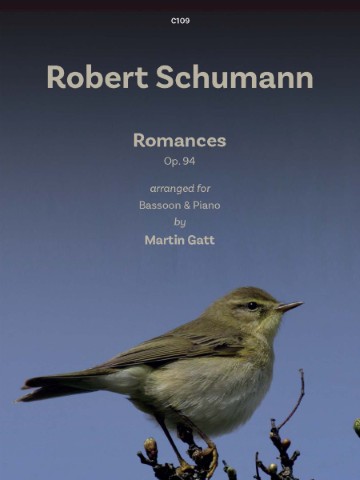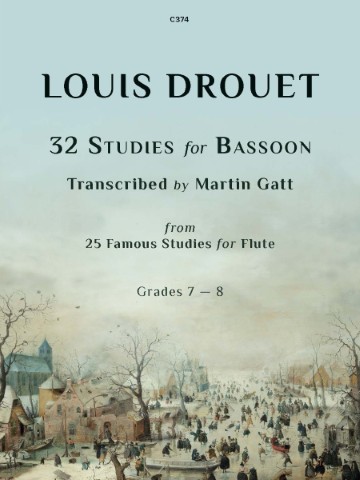Your basket is currently empty!
Romance in D minor Op. 62

Description
The Romance in D minor Op 62, stands as one of Edward Elgar’s most tender miniatures dating from 1909 – 1910. Written in a single movement marked Andante, …it spans roughly five and a half minutes in performance, offering a compact yet deeply expressive experience. Elgar himself prepared both the bassoon version and a later cello transcription, underscoring the work’s inherent lyrical qualities. This publication by Clifton Edition, edited by Martin Gatt, includes a full score and set of performance parts: Solo bassoon, 3 x violin I, 2 x violin II, viola, 2 x violoncello, and double basses. Composed in January 1910 for Edwin F. James, the principal bassoonist of the London Symphony Orchestra, the Romance was first performed in Hereford in February 1911 with Elgar conducting. It emerged between two of his large-scale masterpieces—the Violin Concerto and the Second Symphony—during what many consider his most fertile creative period. This context helps explain the piece’s refined orchestration and introspective character. Elgar employs a loose ternary—or ABA—form common to Romantic “romances.” The orchestral introduction presents brief thematic cells that the bassoon soon appropriates. The middle section shifts to a more agitated, climactic mood, then the opening material returns in a transformed, more subdued guise. A concise coda follows, in which the bassoon quietly intones a hushed recollection of the main theme. The principal theme is a broad, songlike melody that showcases the bassoon’s upper register, revealing unexpected elegance. Its’ contours sweep gently upward before descending in expressive arcs, framing the instrument as a vocal soloist. This melodic writing reframes the bassoon’s usual comic associations, instead highlighting its capacity for delicate nuance and sincere lyricism. Scored for solo bassoon alongside an ensemble of 2 flutes, 2 oboes, 2 clarinets, an optional second bassoon, 3 horns, ad libitum trombones, timpani, and strings, the work employs a light, transparent palette. The absence of trumpets and full brass weight allows for intimate interplay between bassoon and strings, while the horns add warmth, and the ad lib trombones provide colour only at moments of gentle climax. Elgar’s harmonic choices sit firmly in the late-Romantic idiom but with modal inflections that lend an air of wistful mystery. The minor tonality underpins a reflective mood, yet fleeting major-mode passages hint at optimism. Texturally, Elgar alternates between sparse tutti passages and richer string counterpoint, creating emotional ebbs and flows that heighten the sense of romantic dialogue. Romance for Bassoon portrays a nuanced emotional journey. The initial serenity gives way to brief outbreaks of fervour, peaking in short, symphonic-like climaxes. These moments never overwhelm; instead, they reinforce the work’s intimate scale. Ultimately, the final return of the theme in its softest register feels like a private reminiscence—a poignant farewell rather than an ostentatious finale. The piece’s brevity and modest technical demands make it a staple of bassoon recitals and student repertoire. While often programmed alongside standard concertos, its miniature form offers a welcome contrast. Recordings by Klaus Thunemann with Sir Neville Marriner and others have helped cement its status. The cello transcription, which was not regularly performed until 1985, has since broadened the work’s audience. Though labelled a “minor work” due to its scale, the Romance exemplifies Elgar’s gift for compression: distilling rich emotional landscapes into concise form. It remains one of the few solo bassoon works by a major composer, providing a rare showcase for the instrument’s poetic voice. For both performers and listeners, it offers an intimate glimpse into Elgar’s Romantic sensibility. Previously published by Phylloscopus Publications Former catalogue number: PP831
R.R.P £15.95
Our Price £13.56
Shipping Costs: No shipping




